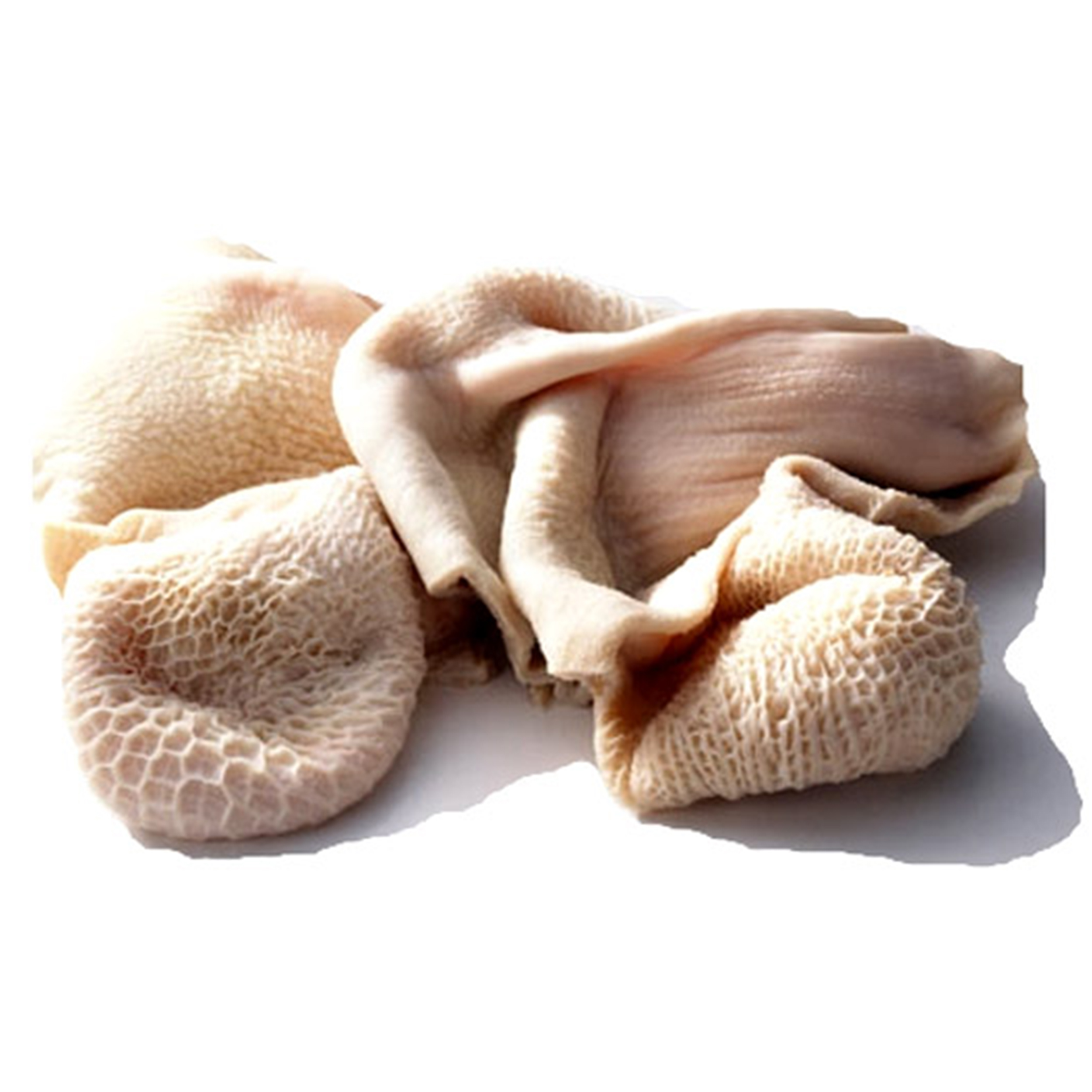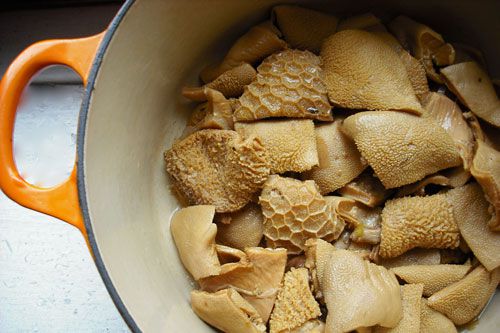
When we think about delicious meals, certain ingredients often steal the spotlight—chicken, beef, or fresh vegetables. But what about lamb tripe? This underappreciated culinary gem has been a staple in kitchens worldwide for centuries, yet it rarely gets the recognition it deserves. Rich in nutrients, budget-friendly, and packed with flavor, lamb tripe is truly a hidden treasure of global cuisine.
What Is Lamb Tripe?
Lamb tripe is the edible lining of a lamb’s stomach. While this might sound unusual to some, it has been a beloved ingredient in many cultures due to its texture, taste, and versatility. Tripe comes in different types depending on which stomach chamber it’s sourced from. The most popular type, honeycomb tripe, is named for its distinctive pattern.
Despite its humble origins, lamb tripe has made its way into traditional recipes across the globe, proving that great taste doesn’t have to come from expensive or mainstream ingredients.
Nutritional Benefits of Lamb Tripe
Lamb tripe isn’t just tasty—it’s also incredibly nutritious. Here’s why it deserves a place on your plate:
Protein-Rich for Muscle Health
Lamb tripe is loaded with protein, the building block of muscles and tissues. Including it in your diet can help support muscle repair and overall body function.
Packed with Essential Vitamins and Minerals

Lamb tripe is a great source of several key nutrients:
Vitamin B12: Helps maintain energy levels and supports brain function.
Zinc: Strengthens the immune system and aids in wound healing.
Iron: Improves oxygen transportation in the blood, preventing fatigue and anemia.
Phosphorus: Promotes healthy bones and teeth.
Low in Calories
For those watching their calorie intake, lamb tripe is an excellent option. It provides a hearty meal without adding excessive calories, making it ideal for anyone looking to eat healthily without compromising on flavor.
Gut Health Benefits
The natural collagen and connective tissue found in tripe can support gut health. Collagen is known to aid digestion and repair the gut lining, making lamb tripe beneficial for a balanced digestive system.
A Global Culinary Favorite
Lamb tripe has earned its place in kitchens worldwide, celebrated for its unique taste and versatility. Here are a few iconic dishes that highlight its global appeal:
Menudo (Mexico)
A spicy soup made with lamb tripe and hominy, menudo is a traditional dish often enjoyed during festive occasions or as a hearty cure for hangovers.
Pho (Vietnam)
This fragrant noodle soup is a cornerstone of Vietnamese cuisine. Sliced tripe is one of the many optional toppings, adding a unique texture to the dish.
Tripe Stew (Italy)
In Italy, tripe is slow-cooked with tomatoes, onions, and herbs to create a rich, comforting stew. It’s a popular dish in Tuscany and other regions.
Callos (Spain)
A traditional Spanish dish, callos combines tripe with chorizo and garbanzo beans, simmered in a flavorful tomato-based sauce.
These dishes show how lamb tripe can be adapted to suit various spices, flavors, and cooking techniques, making it a versatile ingredient for chefs and home cooks alike.
How to Prepare Lamb Tripe
Cooking lamb tripe might seem intimidating at first, but it’s simpler than you think. Follow these steps to make it tender and flavorful:
Clean Thoroughly
Tripe needs to be cleaned before cooking. Rinse it under cold water, scrub away any impurities, and blanch it in boiling water to remove any odors.
Cook It Slowly
Lamb tripe is tough when raw, so it benefits from slow cooking. Simmering it for a few hours helps to tenderize the meat while allowing it to absorb the flavors of the dish.
Experiment with Recipes
Whether you’re making a stew, soup, or stir-fry, lamb tripe can adapt to any recipe. Add bold spices, fresh herbs, and vegetables for a meal that’s as nutritious as it is delicious.

Why Lamb Tripe Deserves More Attention
Lamb tripe isn’t just an ingredient—it’s a symbol of sustainability and resourcefulness. By using parts of the animal that are often discarded, you’re helping to reduce food waste and honor traditional cooking practices. It’s a small step toward more mindful eating, which benefits both the planet and your health.
Additionally, lamb tripe is affordable, making it accessible to people from all walks of life. You don’t need to break the bank to enjoy a meal that’s both satisfying and good for you.
Is Lamb Tripe Right for You?
If you’re new to lamb tripe, it’s worth giving it a try. Start with a well-seasoned stew or a traditional dish from a cuisine you love. While its unique texture might take some getting used to, many people quickly come to appreciate its rich flavor and chewy bite.
For adventurous eaters, lamb tripe opens the door to exploring global cuisines and experiencing the joy of discovering new flavors.
Conclusion: A Treasure Worth Exploring
Lamb tripe is more than just a forgotten ingredient—it’s a hidden treasure that deserves a place in your kitchen. With its rich nutritional profile, affordability, and cultural significance, it’s a superfood in every sense of the word.
Whether you’re a seasoned chef or a curious home cook, lamb tripe offers endless possibilities to create meals that are as wholesome as they are delicious. So, why not embrace this hidden treasure and unlock a world of culinary delights?